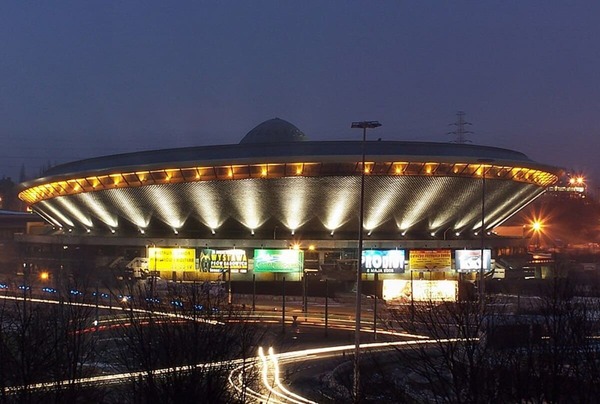An Introduction to Poland - A Beginner's Guide to The Country
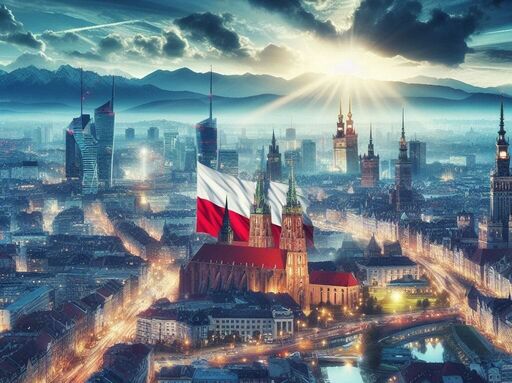
Poland (the Republic of Poland) is a country located in Central Europe. It borders Germany, the Czech Republic, Slovakia, Ukraine, Belarus, Lithuania and Russia (its Kaliningrad Oblast). The borders with Ukraine, Belarus and Russia are at the same time the external border of the European Union and the Schengen Area. Most of Poland's northern border is marked by the Baltic Sea coast.
Where is Poland located? - Map of Poland
Poland is located in the central part of Europe, between the Baltic Sea in the north and the Sudeten and Carpathian Mountains in the south.
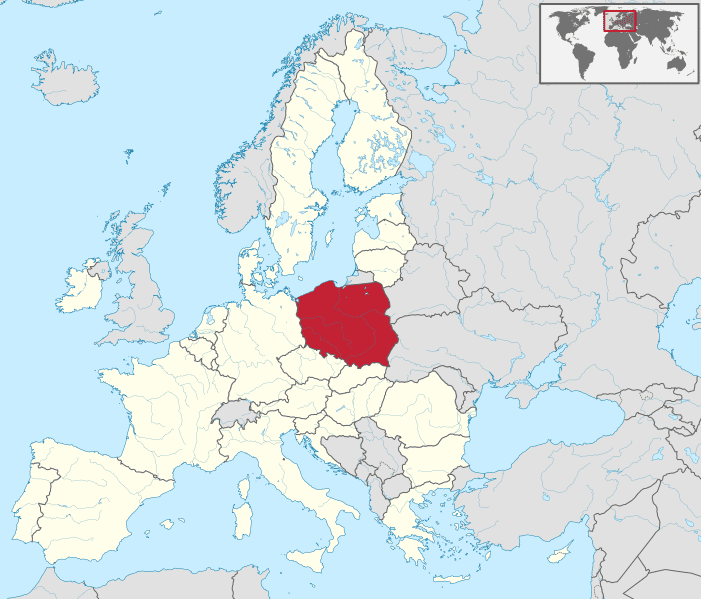
Area and population of Poland
Poland's administrative area is 312,696 square kilometers. In terms of size, the country is ranked 69th in the world and 9th in Europe.
Poland's population is 38,179,800 people (as of 2021) - in terms of population, the country ranks 38th in the world and 5th in the European Union.
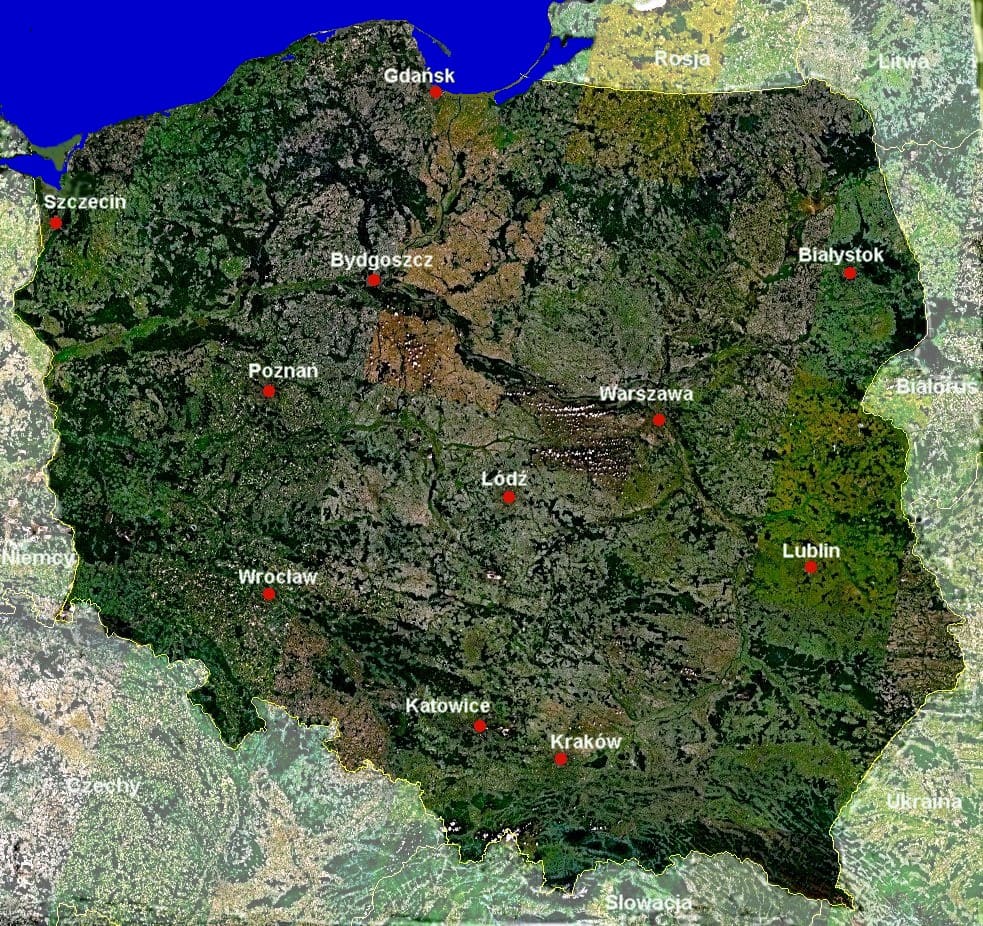
Poland's time zone
Poland is located in the Central European time zone /CET/ UTC+01:00 in winter from October to March and UTC+02:00 in summer from March to October (Central European Summer Time /CEST/).
Capital of Poland
The capital of Poland is Warsaw. The city is also the largest city in the country.
Poland's flag and emblem
The colors of the Republic of Poland, which are the components of the national flag, are white and red. They are arranged in two horizontal parallel stripes of the same width - the upper one is white and the lower one is red.
The emblem of Poland is a white crowned eagle placed on a red background.
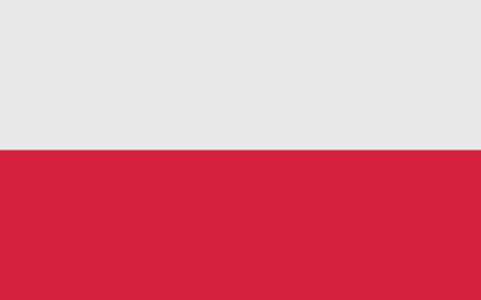
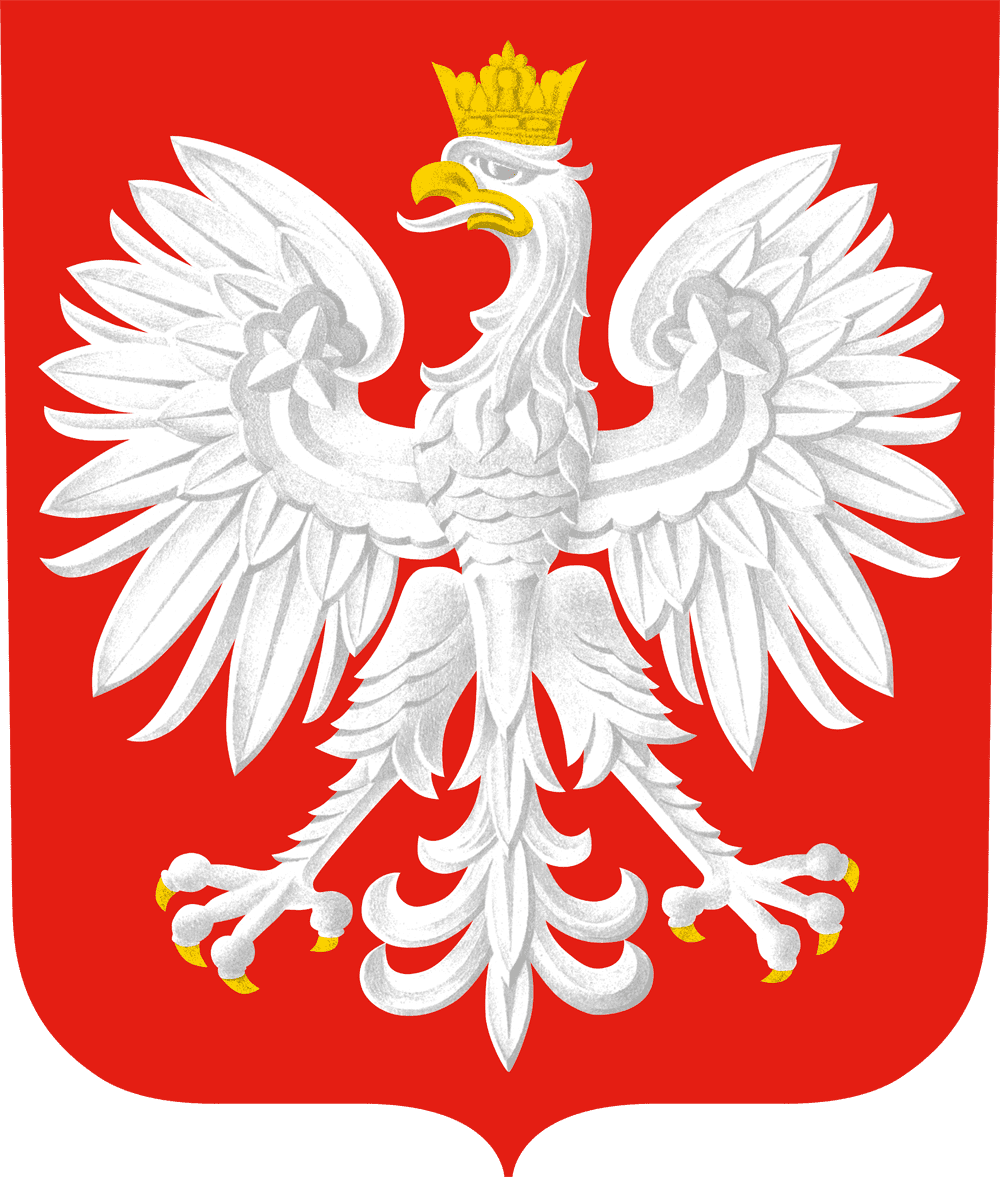
Coinage of Poland
Poland's currency is PLN - the Polish zloty (zł).
Does Poland have access to the sea?
Yes, Poland has access to the Baltic Sea. The Baltic Sea coastline marks most of Poland's northern border.
Are there mountains in Poland?
Yes, there are mountains in Poland. There are three mountain ranges in the country - the Sudetes, the Carpathian Mountains and the Swietokrzyskie Mountains. The highest are those belonging to the Carpathian chain - the Tatras. The lowest, on the other hand, are the Swietokrzyskie Mountains.
Climate and temperatures in Poland
Poland is located in the zone of temperate warm transitional climate. However, in the higher parts of the mountains (Sudetes and Carpathian Mountains) there is a mountain climate.
Temperatures in summer
Summer temperatures range from 18 °C to 30 °C - all depending on the region of the country. The average temperature ranges from 17 °C on the coast to 19.3 °C in Lower Silesia and around Tarnów. Hot days, with maximum temperatures above 25 °C, occur from April to September, sometimes also in October. They range from about 10-20 on the coast to more than 40 in Podkarpacie and the Silesian Lowlands. Hot days, with a maximum temperature above 30 °C, are recorded from 1 in the north to 8 in the vicinity of Wrocław, Tarnów and Słubice.
Temperatures in winter
Winter temperatures range from about 0 °C in Swinoujscie, -1 °C in the Silesian Lowlands, Lubuska Land and the coast, -3 °C in Warsaw to below -5 °C in Suwalszczyzna (Suwalszczyzna is considered the Polish cold pole).
Rainfall and snowfall in Poland
Annual precipitation is about 600 mm. The lowest is recorded in Kujawy (about 500 mm), and the highest, except in the mountains, is recorded in the central part of the coast and in the Silesian Upland (about 750-800 mm per year).
The number of days with snow cover varies and increases as one moves eastward. In the Szczecin Lowlands, Lubusz Land and the Silesian Lowlands, snow cover is less than 40 days a year, in central Poland about 60 days, and in the Suwałki region for more than 100 days.
Airports in Poland
Poland has 15 airports, the largest of which is Chopin Airport in Warsaw. Other airports are located in Krakow, Katowice, Gdansk, Wroclaw, Poznan, Rzeszow, Szczecin, Bydgoszcz, Lublin, Lodz, Olsztyn, Zielona Gora and Radom.
The most famous cities in Poland
1. Warsaw
This is not only the capital of Poland, but also the largest city in the entire country, both in terms of area and population. Like any capital, Warsaw is also a popular destination for tourists. And it really has a lot to offer, such as the Royal Castle, the Royal Baths Park, the Old Town Square and the Palace of Culture and Science.
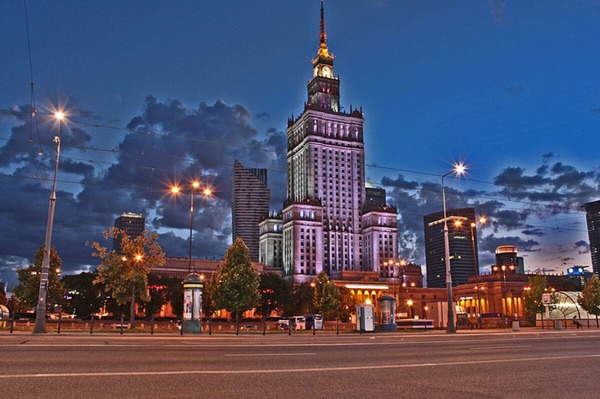
2. Cracow
The second largest city in Poland. An interesting fact may be that it was the capital of Poland until 1795. The city's unique character and atmosphere, combined with a huge number of monuments and tourist attractions, have made Krakow the most visited city in Poland for many years.
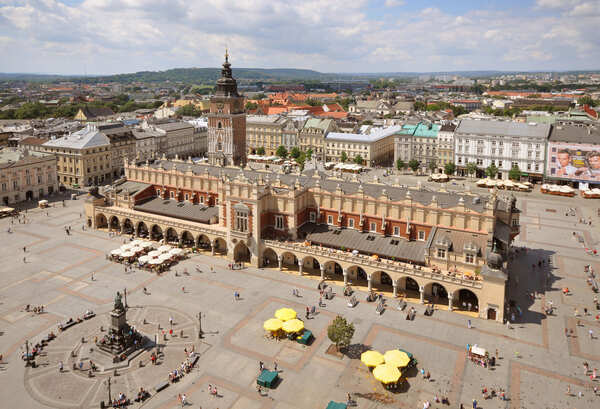
3. Wrocław
This is the third largest city in Poland in terms of population, and the fifth largest in terms of area. The city attracts an increasing number of tourists each year, who here can admire, among other things, two city halls, Gothic churches and many historic townhouses. Wroclaw is also home to the much-visited Zoological Garden with the Afrykarium - one of the oldest zoos in Poland.
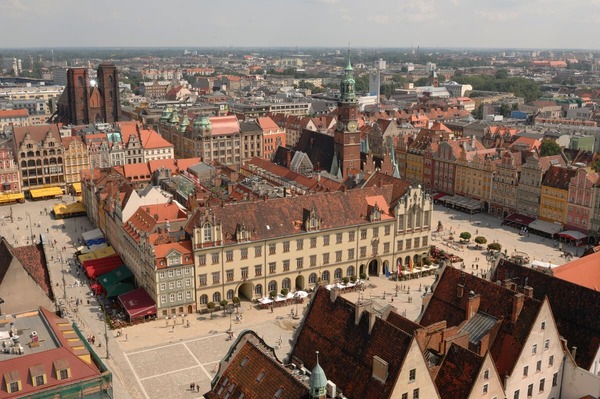
4. Gdansk
Considered by many tourists as one of the most beautiful Polish cities. One of the delightful places of Gdansk is, of course, the historic Old Town with its 14th century Town Hall. History lovers, on the other hand, come here to visit the place where World War II began.
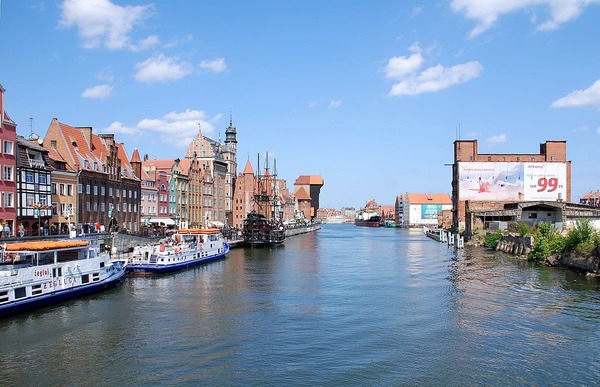
5. Poznan
Poznan is undoubtedly a unique city on the map of Poland. It attracts many tourists, both from home and abroad, and its Old Market Square is often referred to by visitors as one of the most beautiful in all of Europe. Poznan also has a rich cultural and entertainment offer.

6. Katowice
The city has been working on its transformation for many years now. Today it is a very modern city and the heart of Poland's first metropolis. A few years ago, the city of Katowice was also recognized by UNESCO and was awarded the title of Creative City in Music.
